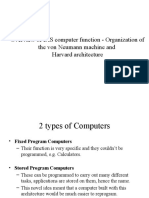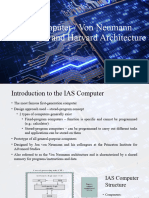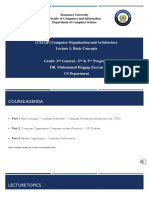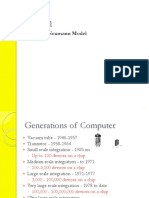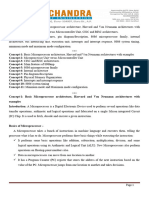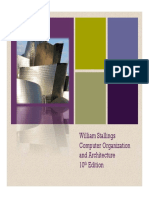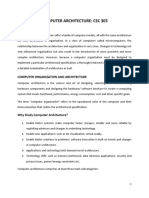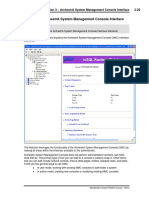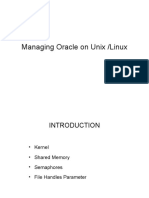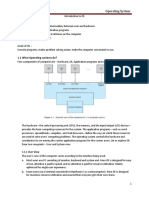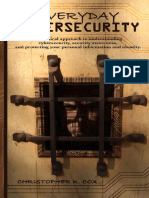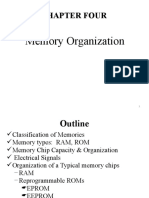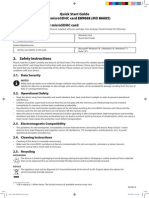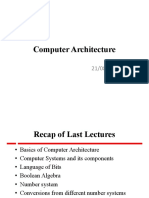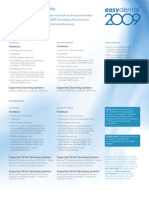0% found this document useful (0 votes)
53 views5 pagesChapter 01
The document discusses the von Neumann architecture and its implementation in the IAS computer. It describes the key components of the von Neumann architecture including memory to store both data and instructions, an ALU, control unit, and interconnections. It then provides details about the implementation of these components in the IAS computer such as its memory organization, registers, instruction cycle, and instruction set.
Uploaded by
vawat75828Copyright
© © All Rights Reserved
We take content rights seriously. If you suspect this is your content, claim it here.
Available Formats
Download as PDF, TXT or read online on Scribd
0% found this document useful (0 votes)
53 views5 pagesChapter 01
The document discusses the von Neumann architecture and its implementation in the IAS computer. It describes the key components of the von Neumann architecture including memory to store both data and instructions, an ALU, control unit, and interconnections. It then provides details about the implementation of these components in the IAS computer such as its memory organization, registers, instruction cycle, and instruction set.
Uploaded by
vawat75828Copyright
© © All Rights Reserved
We take content rights seriously. If you suspect this is your content, claim it here.
Available Formats
Download as PDF, TXT or read online on Scribd
/ 5



